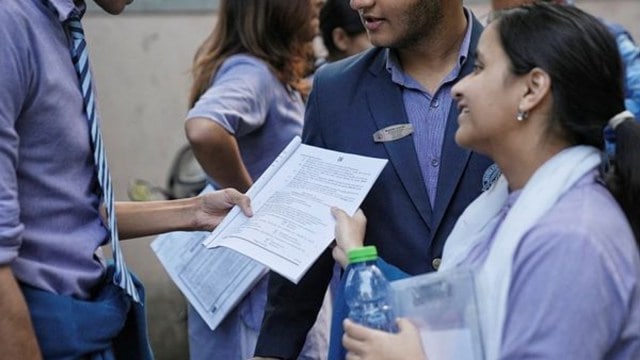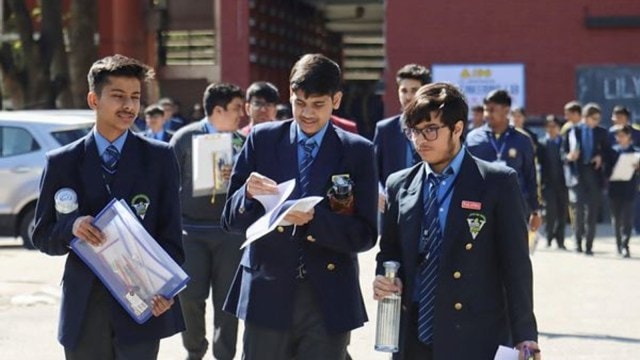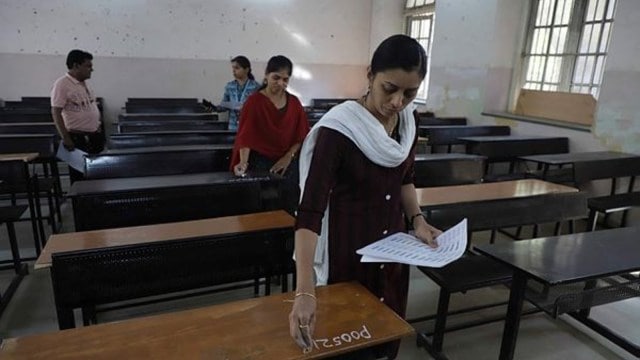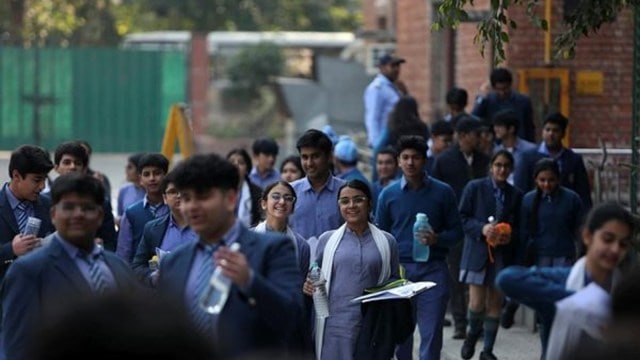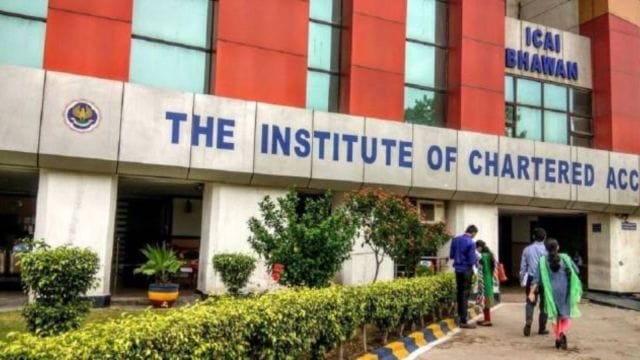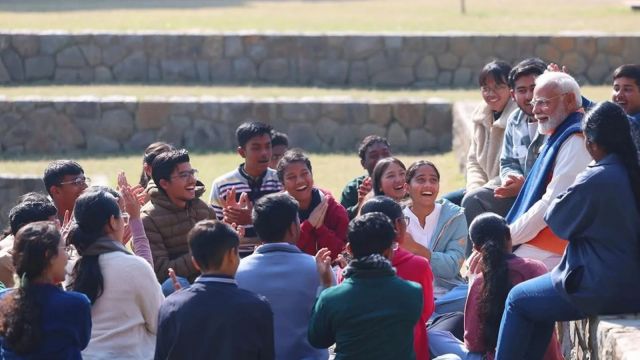
No OBC group too small as BJP goes micro, Congress ups game in Maharashtra
THE BATTLE for Maharashtra, which seemed like it would hinge on the Maratha vote, is being turned by the BJP into a battle for OBC support. Starting with an advantage in this, compared to the Maha Vikas Aghadi (MVA) coalition, the BJP is building on it by going full throttle against the Congress caste narrative.
Kicking off his Maharashtra campaign Friday, Prime Minister Narendra Modi gave the slogan “Ek hain, toh safe hain (Together we are safe)” – a slightly positive take on Uttar Pradesh Chief Minister Yogi Adityanath’s “Batenge to katenge (Divided we will be decimated)” slogan, which among others left ally NCP uneasy.
While rivals have accused the slogans of communal overtones, the crux of both at another level is that the Congress brand of politics is “divisive”, and that its call for a caste census pits one group against another. At one of his rallies Friday, Modi said: “The sole agenda of the Congress is to make one caste fight another. They do not want SCs, STs and OBCs to progress and get their due recognition.”
At another meeting, the PM said the Congress was angry with the OBCs because their consolidation after Mandal politics had triggered its decline. “So, the Congress wants to weaken OBCs and break their unity,” he said.
For the BJP, retaining the OBC vote is crucial, as the Maratha quota demand has placed the two groups in opposite corners, with the Marathas favouring the MVA. In terms of share in the population, the OBCs – comprising some 350 subgroups, as per the Maharashtra State Backward Class Commission – are the largest chunk, at roughly 38%, followed by the Marathas at 33%.
Admitting the criticality of the OBC vote, a senior BJP leader says the party has identified them as a factor in as many as 175 seats out of the total 288. In contrast, the Marathas’ dominance is seen as largely restricted to Marathwada and Western Maharashtra, which together account for 116 seats.
The OBC battle is expected to be the most bitter in Vidarbha, where Maratha reservation is a non-issue. Here, the OBCs are believed to call the shots in more than half (36) of the 62 seats.
Vanchit Bahujan Aghadi president Prakash Ambedkar, who is contesting from Akola in Western Vidarbha, admits “the unprecedented consolidation of OBCs for the first time” as an outcome of the Maratha reservation agitation. Ambedkar also warns of “massive unrest” among the OBCs as a result of the Maratha quota stir.
OBC Manch president Prakash Shendge agrees. “It is a battle for political reassertion, and this has united the OBCs,” he says, adding that OBCs may vote for OBC candidates transcending political boundaries and ideology.
The senior BJP leader quoted above says the party’s OBC strategy involves micro-targeting “nondescript, smaller segments” – which has paid off for it in successive polls, including most recently Haryana. Such targeting is being done especially in border constituencies in Vidarbha, North Maharashtra, Marathwada.
Besides, just before the Maharashtra elections were announced, seven new groups were included in the Central OBC list by the Modi government, while the state government raised the creamy layer ceiling to avail OBC benefits. Again, this was a leaf out of the Haryana BJP book.
Among the OBC groups the BJP has its eyes on are Teli, Banjara, Pawar, Bhoyar, Komti, Sonar, Gond and two dozen others.
Admitting that the BJP failed to tap into the OBC anger over the Maratha issue in this year’s Lok Sabha polls, a BJP leader says: “The OBCs were upset with the BJP as they felt that the Eknath Shinde-led government was actually going overboard to appease (Maratha quota activist) Manoj Jarange-Patil and the Marathas. In the end, we lost both Maratha and OBC support.”
The party won just nine seats in the Lok Sabha polls, of the 28 it contested, a fall from 12 in 2019.
The BJP OBC strategy is, in fact, not new, with the party embarking on ‘MADHAV formula’ in the early 1980s – the acronym standing in for the dominant OBC groups Mali, Dhangar and Vanjari – which helped it carve a support base distinct from the Marathas and shed the image of being a “Brahmin, Baniya party”.
Over the years, the BJP expanded beyond this formula and gained some ground among the Marathas. However, the community remains intrinsically loyal to the Congress and NCP, especially in the sugar belt of Western Maharashtra, with 70 seats.
While Sharad Pawar remains a colossus there, the Congress has also taken concrete measures to get its poll math right region-wise after its success in the Lok Sabha polls. It is seen as banking in Vidarbha on the Kunbhi community, which accounts for 60% of the OBC population, apart from its regular base of Dalits and Muslims.
In the 2014 Assembly elections, the BJP had won 44 of the 62 seats in Vidarbha. But in 2019, this declined to 29. In the recent Lok Sabha polls, the Congress was ahead five to the BJP’s two, with the other seats bagged one each by the Shiv Sena, NCP (SP) and an Independent.
Congress chief Nana Patole, who hails from Eastern Vidarbha, says: “The region was once a Congress bastion and we are confident of retaining it.”
In parts of North and Western Maharashtra, the Congress – like the BJP – is looking to woo the Dhangar OBC group, which is 9% of the population. The Congress and NCP (SP) are reminding the Dhangars of the BJP’s unfulfilled promise to give them tribal status. The Dhangars currently get a 3.5% quota under Nomadic Tribes (C) category.
What will hurt the Mahayuti here is the BJP’s failure to retain ally Rashtriya Samay Party, led by Mahadev Jankar.

 Posts
Posts Sign up as a Teacher
Sign up as a Teacher